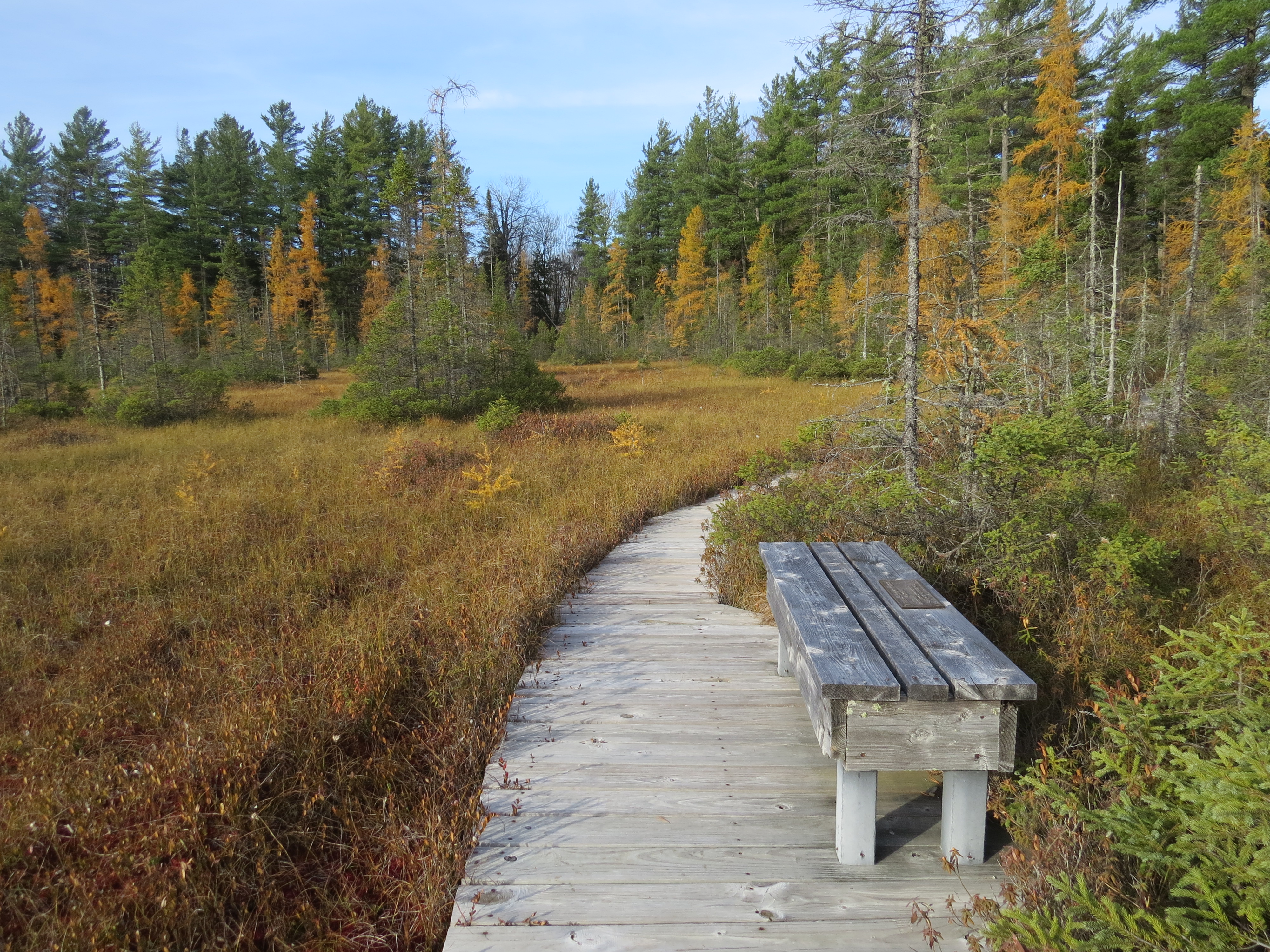
Beautiful Fall Boreal Birding
When the snow holds off, autumn can be a lovely season to visit Spring Pond Bog. This remote area, with abundant boreal habitat, is never crowded, and it is particularly quiet and tranquil in the fall.
I recently spent time hiking and birding at the Nature Conservancy’s Spring Pond Bog Preserve, including the bog and dirt roads in the preserve that lead through scenic areas and interesting birding habitats. It is also one of many areas visited while guiding a birder in November.
The Drive In
It is a long drive on a dirt road to reach the caretaker’s gate (where you need to show a permit from the Nature Conservancy for entry). You never know what wildlife you’ll see along this remote stretch of road, so stay alert! Over the years, I have observed various mammal species, including black bears, and a Great Horned Owl eating prey along the road.
During a recent guided trip, we spotted two adult Bald Eagles soaring over the dirt road on our way to the gate. Below them, a large group of Common Ravens flushed just ahead of us. We spotted another adult Bald Eagle perched along the road, and a fourth adult Bald Eagle made its presence known when it flushed! There was likely a food source along the road. The sky behind the perched eagle was a brilliant blue in the afternoon sun, so we spent time photographing the raptor. Common Ravens were animated and giving an endless array of their wild vocalizations.
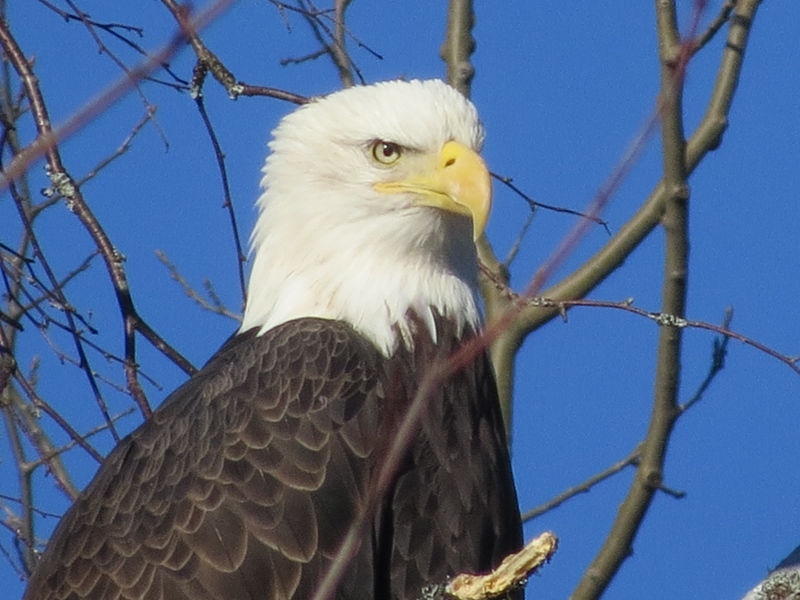
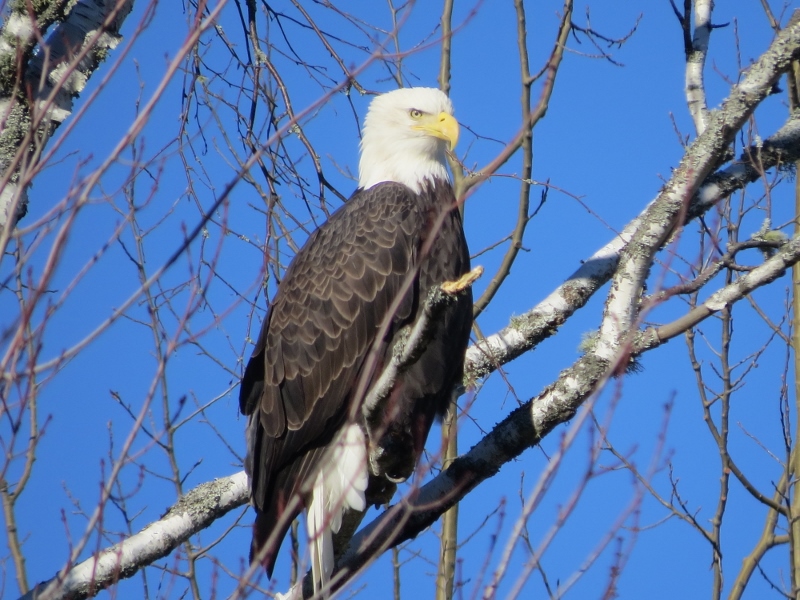
The Gate
At the caretaker’s gate, a Black-backed Woodpecker flew from the marsh and landed on a tree just past the caretaker’s house.
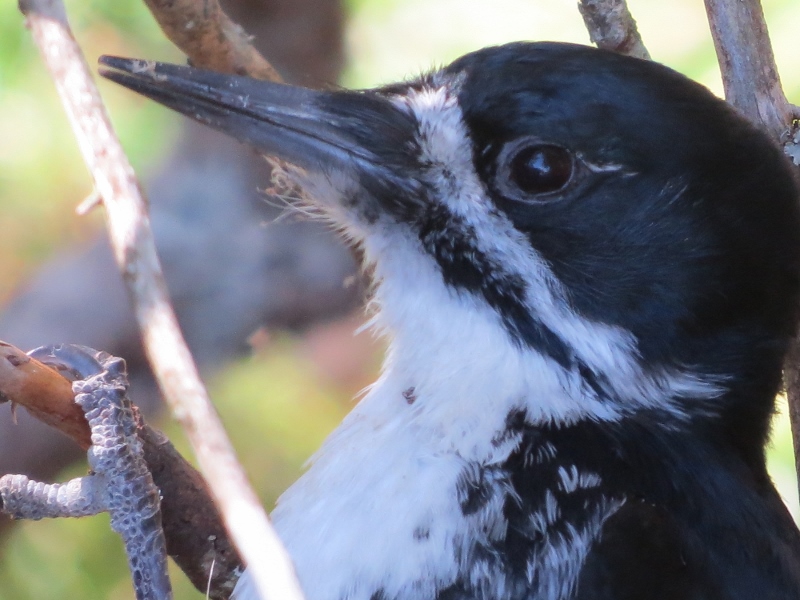
The caretakers feed birds, and Gray Jays sometimes visit their feeders.
Boreal Habitat toward Kildare
Next, we hiked on the Nature Conservancy property in the direction of the Kildare Club. This dirt road leads through beautiful boreal forest and we quickly found a flock of four Boreal Chickadees.

On my solo hiking trip, I found the remains of a grouse on this dirt road. Fortunately, it was not a rare Spruce Grouse, but the more common Ruffed Grouse. A female Black-backed Woodpecker was found foraging on a dead tree along this stretch. Gray Jays were abundant during my solo trip, and I found 14 (in 6 different groups) in the preserve. (The day’s total was actually 18 Gray Jays since I found 4 at Sabattis Bog before I visited Spring Pond Bog.)
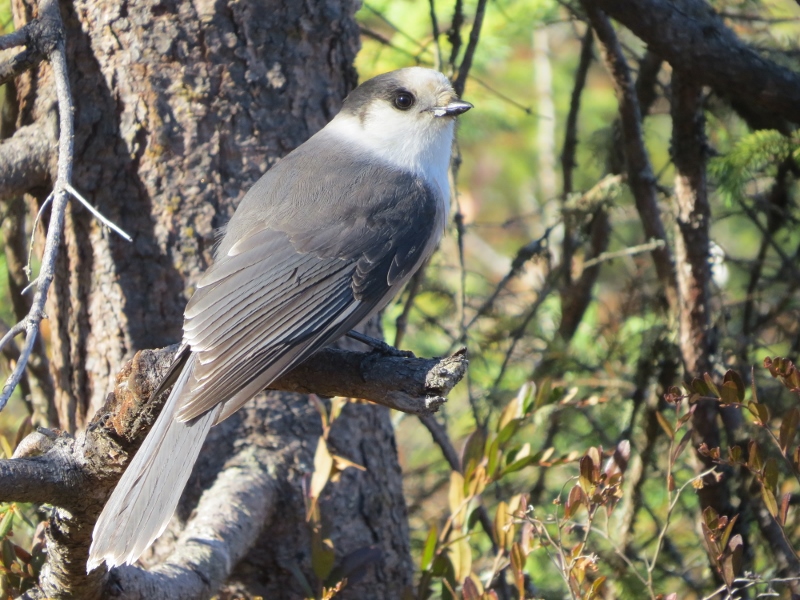
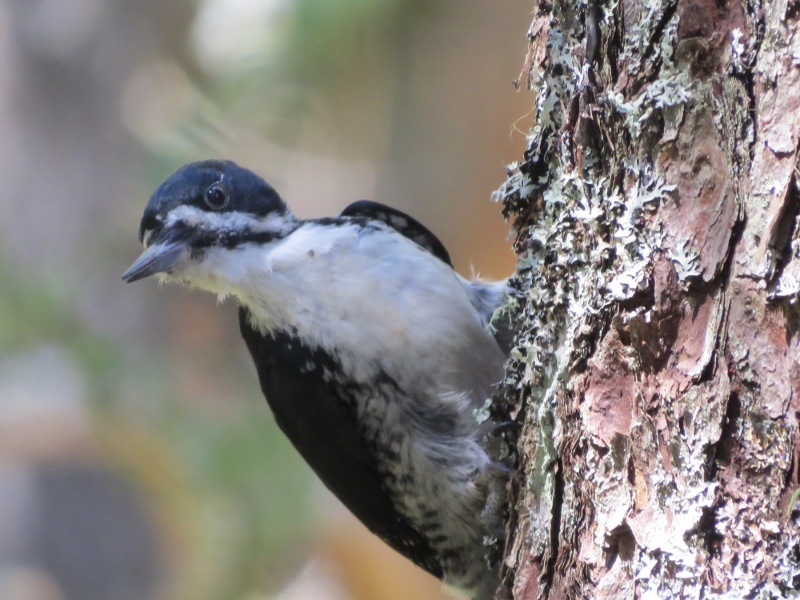
Driving the Dirt Road toward Spring Pond Bog
In late October, the season’s first Snow Bunting was observed foraging in the dirt road alongside two Ruffed Grouse. The caretaker’s wife told us that she followed a flock of Snow Buntings on her drive home and marveled at their beauty. The Snow Bunting is a species that breeds in the high arctic where it nests in cracks and other cavities in rocks. Birders in our area can observe this beautiful species in the fall and winter foraging in fields and along roadways.
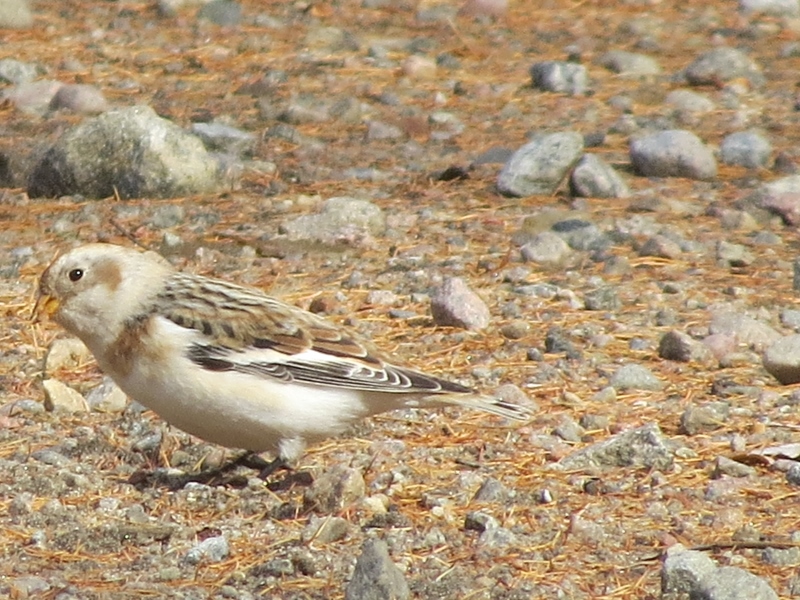
Continuing on toward the bog, many lakes are passed. There is one lovely section where the road becomes a causeway between two lakes. Bufflehead, Hooded and Common Mergansers, and a Belted Kingfisher were found at this location.
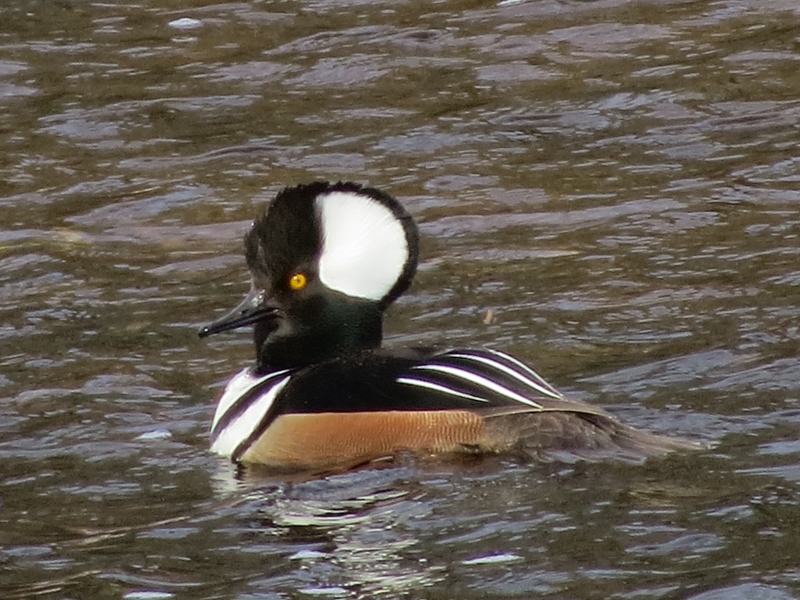
Finches were abundant, including Purple Finches, Pine Siskins, and American Goldfinches.
Red Squirrels are also abundant with an excellent cone crop on most coniferous trees.
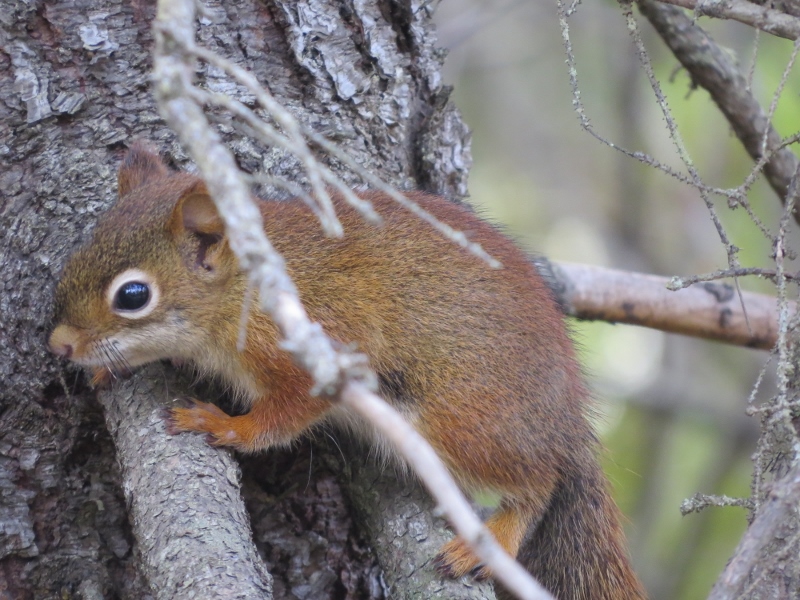
Many other bird species were found including Pileated Woodpeckers, Red-breasted Nuthatches, Brown Creepers, and Golden-crowned Kinglets.
A Beaver Marsh
I enjoy hiking in a marshy, beaver-created wetland owned by the Nature Conservancy. It is the only place in the Adirondacks where I found a pair of Rusty Blackbirds this past spring. It is getting harder and harder to find this rapidly declining species. The marsh can be reached by continuing straight on the main dirt road instead of turning left for Spring Pond Bog. Black-backed Woodpeckers and Gray Jays can be found year-round at this location. The Gray Jays were foraging on insects found along the dirt road. Five Gray Jays were observed in groups of two and three.
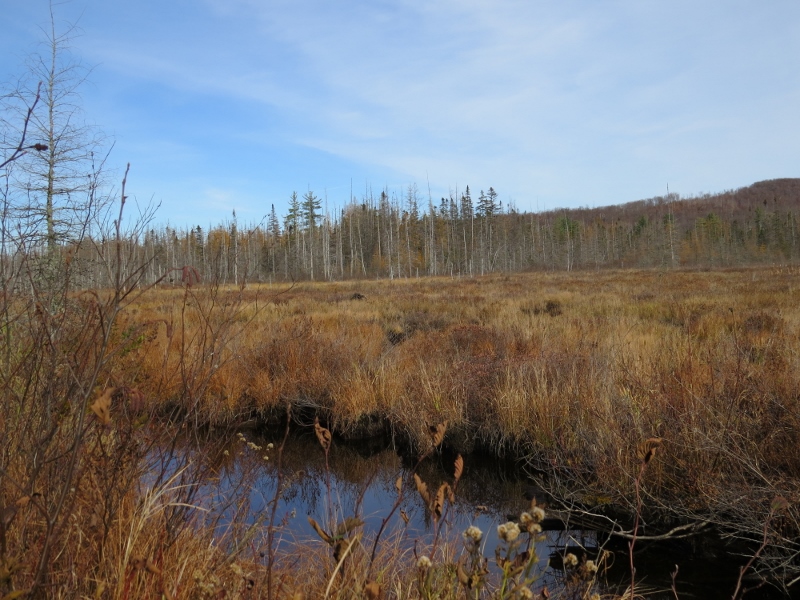
Next, the turn for Spring Pond Bog was taken. This section of the dirt road is rough and rocky. This route passes through boreal forest and wetlands where Gray Jays often appear. In the spring and summer, visitors can hear the loud “Quick, Three-Beers” song of the Olive-sided Flycatcher which nests in a beaver wetland paralleling the road.
Spring Pond Bog
Watch for the small sign marking the Spring Pond Bog trailhead – the sign is on the right and the trailhead is on the left.
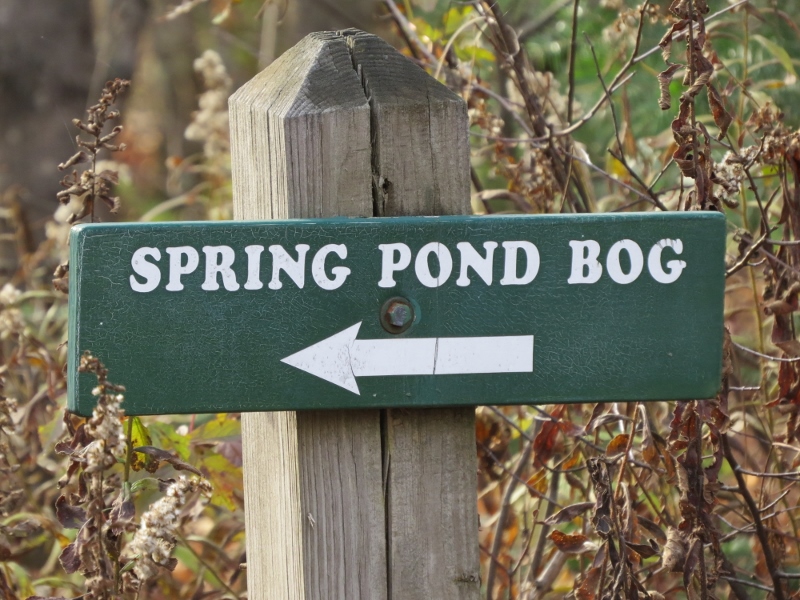
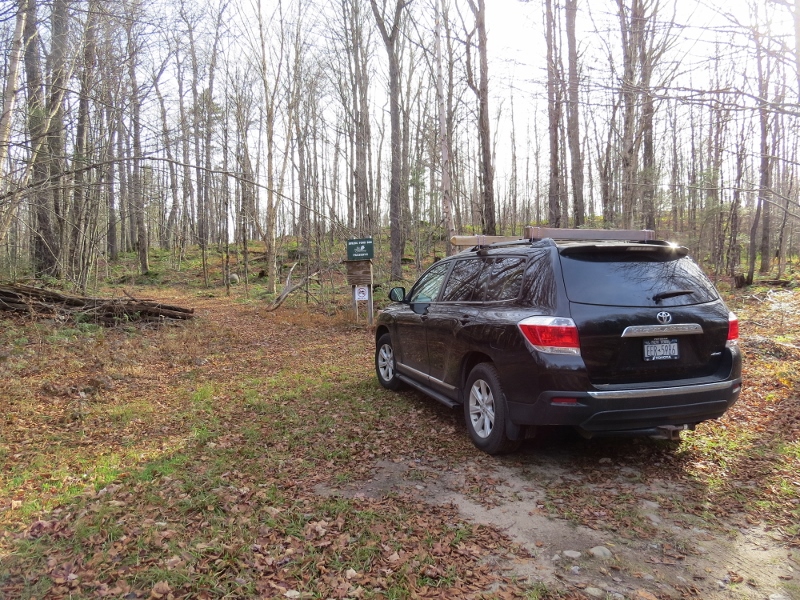
The Esker Interpretive Trail begins in a northern hardwood forest, but quickly transitions to boreal habitat after passing over a hill.
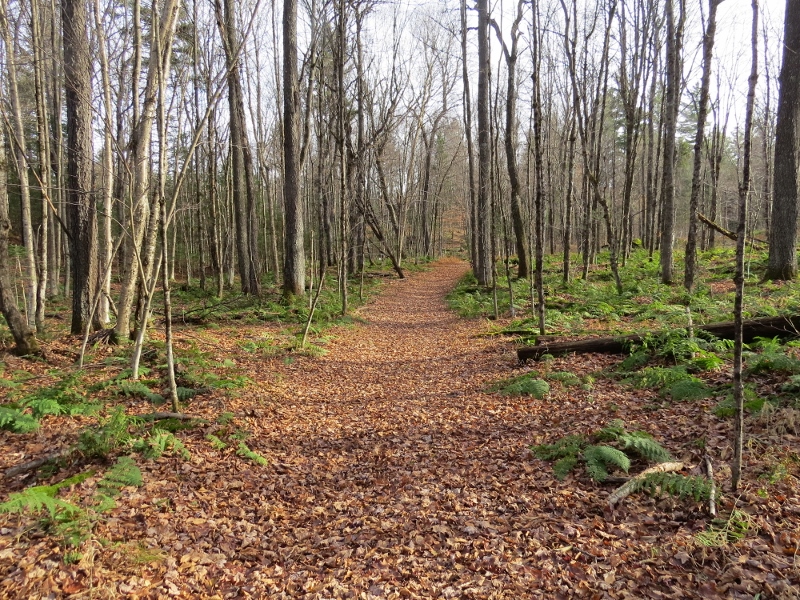
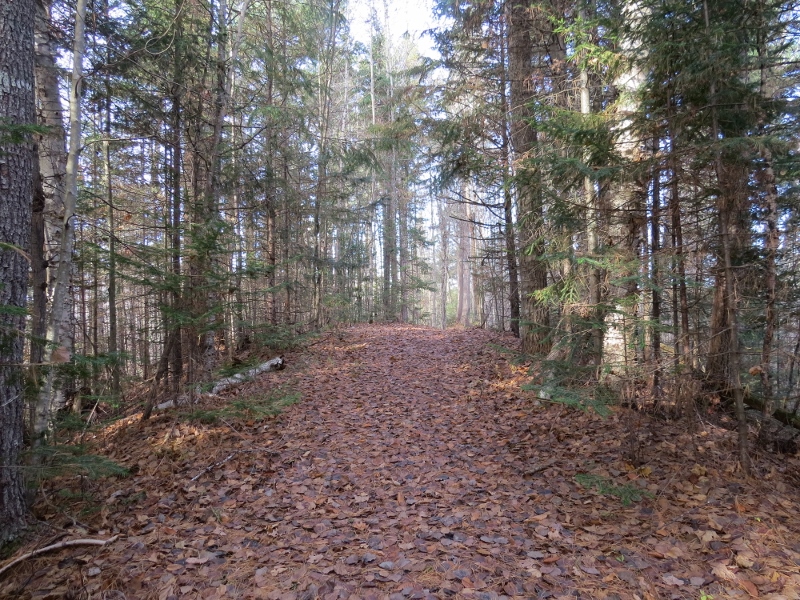
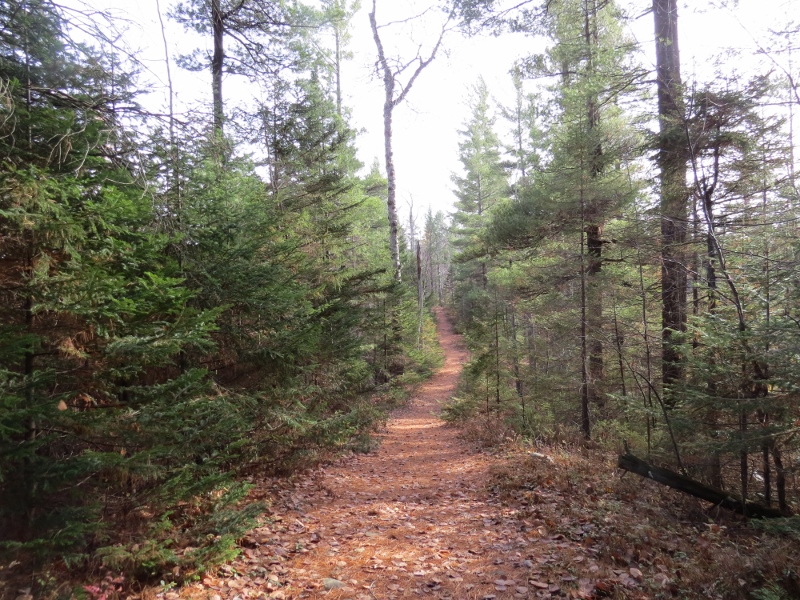
There is a boardwalk on the right that leads along the edge of a lovely boggy area. It is filled with Pitcher Plants which were a gorgeous color against the sphagnum moss. Pitcher Plants are a green color in summer, but some turn red in the fall, which is due to the level of phosphorus this carnivorous plant has received from its insect meals. A red Pitcher Plant indicates it has not had a good insect meal in quite some time!
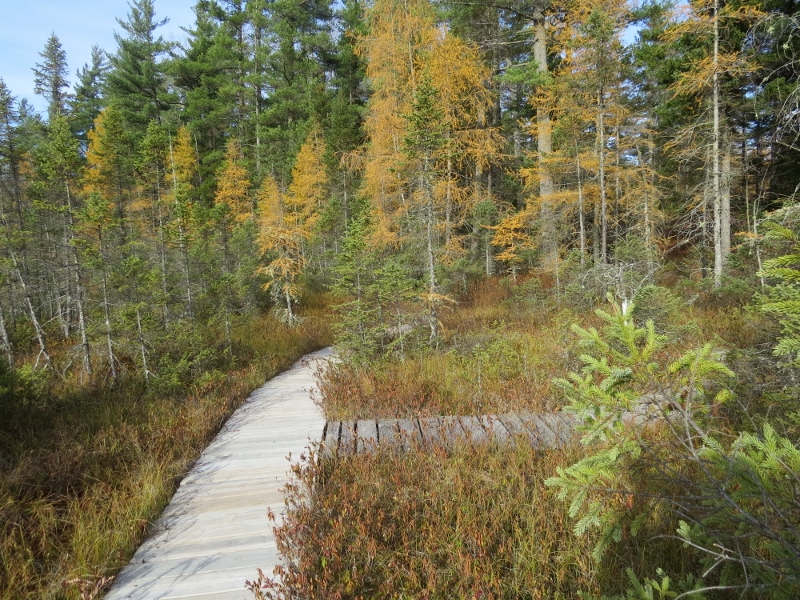
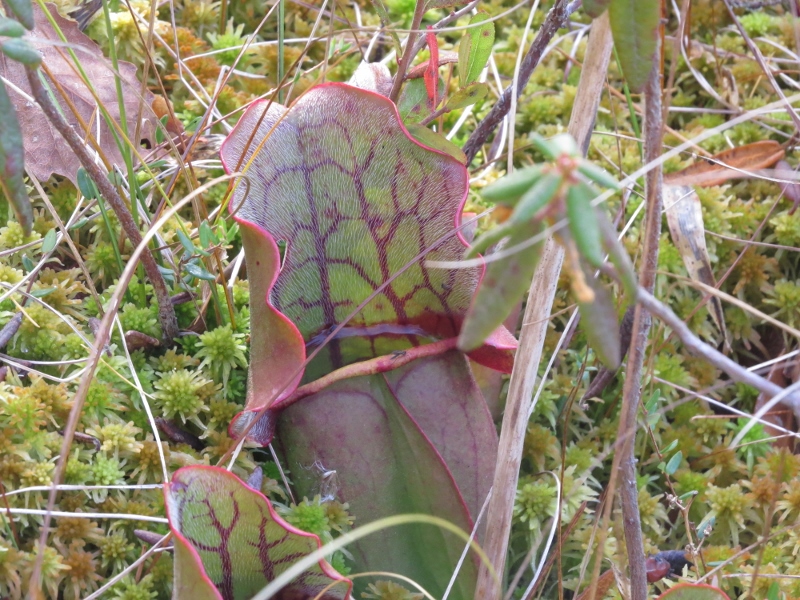
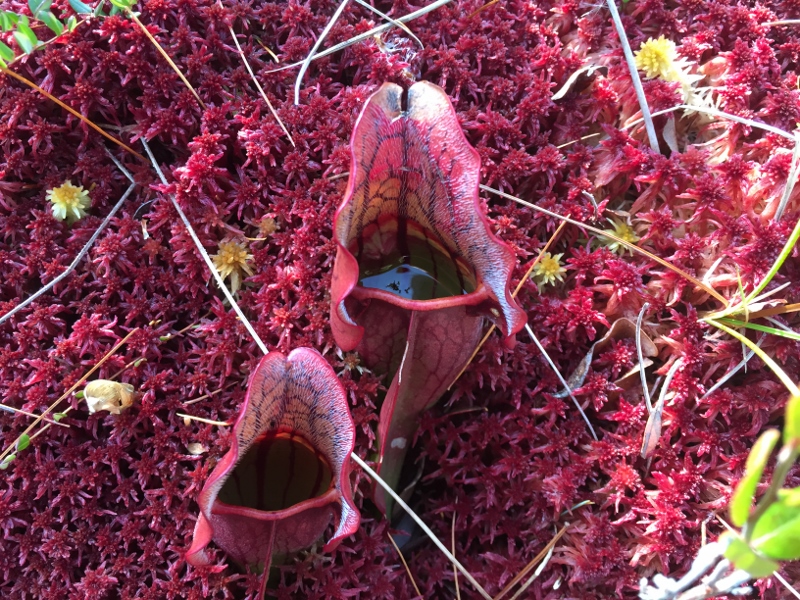
Gray Jays are often found in the forest along this boggy spot.
The esker continues after the boardwalk and leads to wide-open scenic views of huge Spring Pond Bog, which is the second largest bog in New York State.
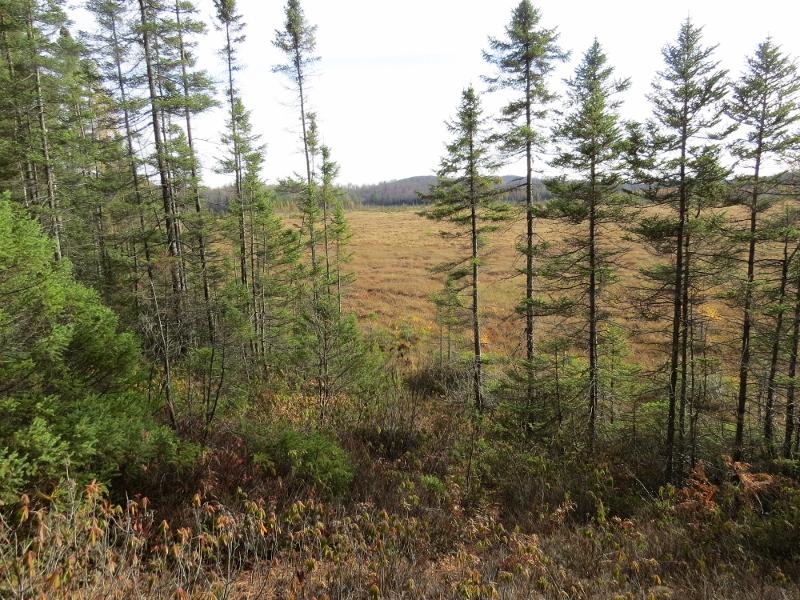
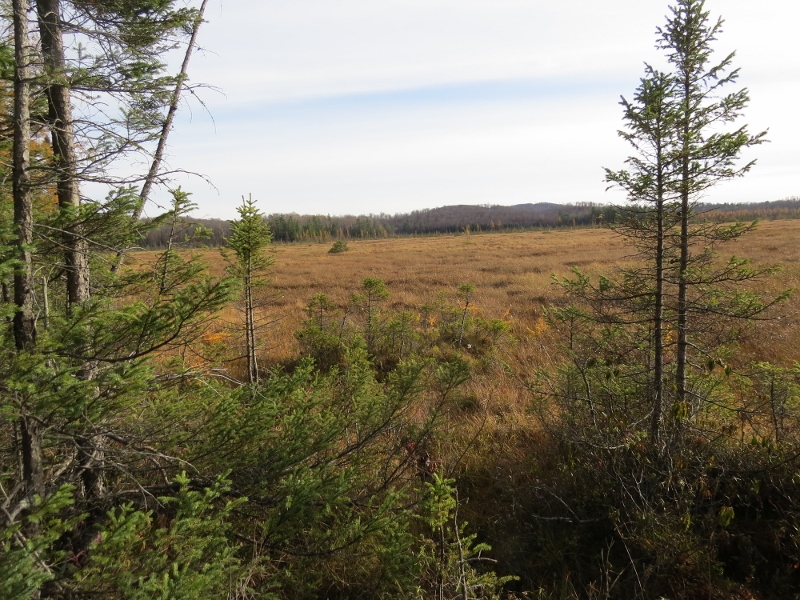
The esker trail dead-ends at a peaceful spot with benches. It is always hard to leave such a special place!
Hiking and boreal birding at the Spring Pond Bog Preserve is an exciting fall activity! Tupper Lake offers visitors many lodging and dining choices for a comfortable stay.
